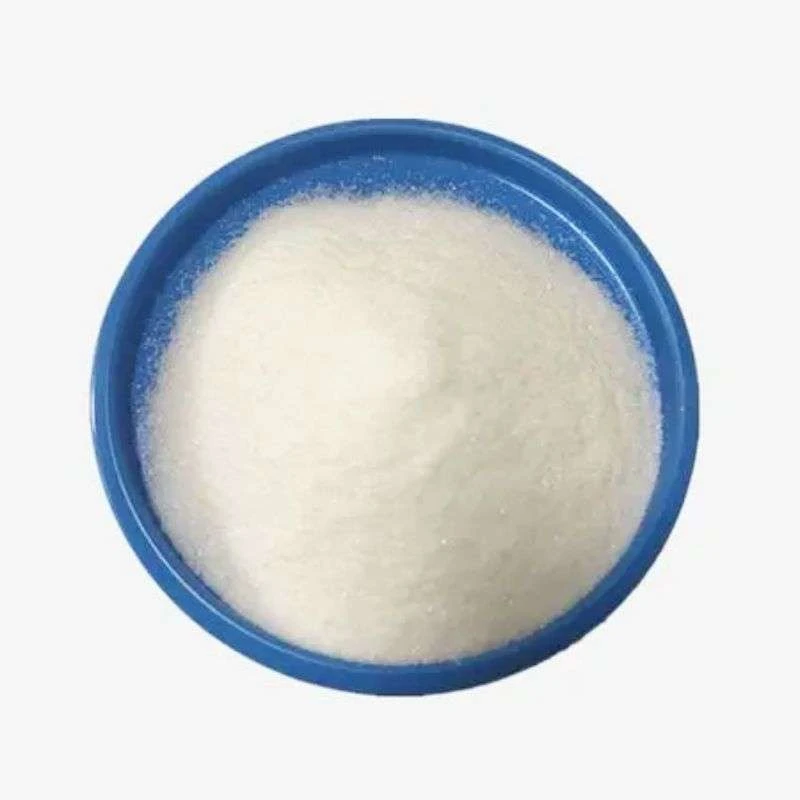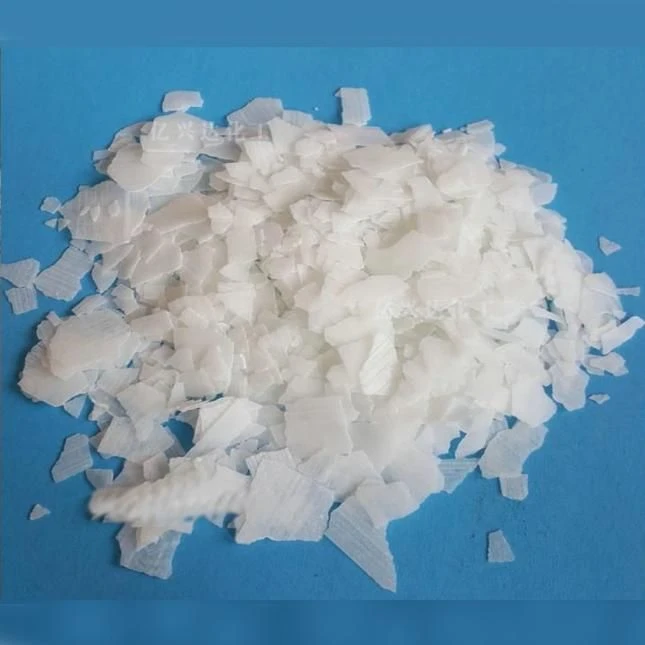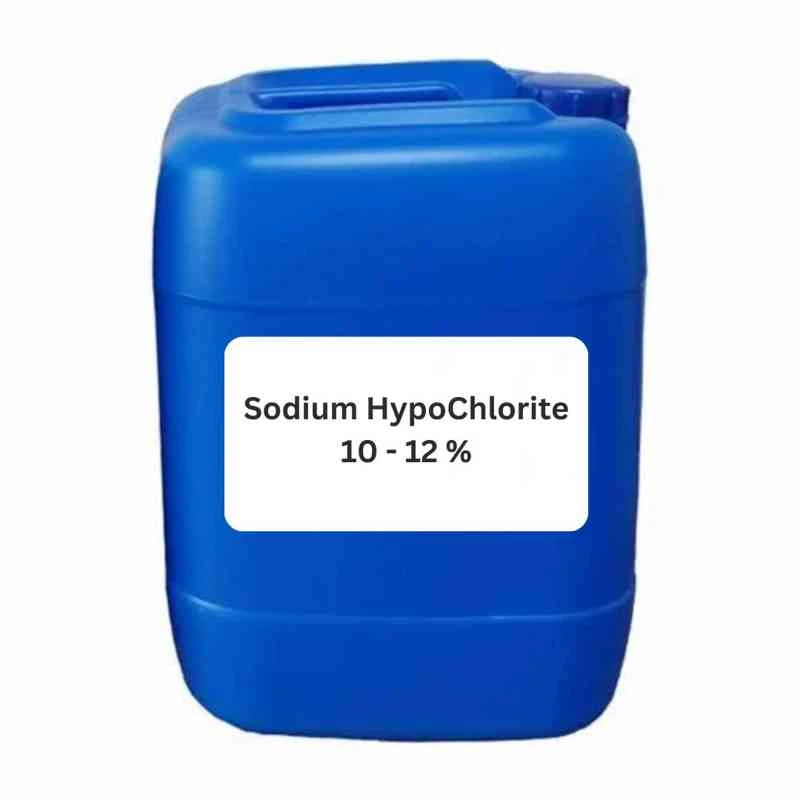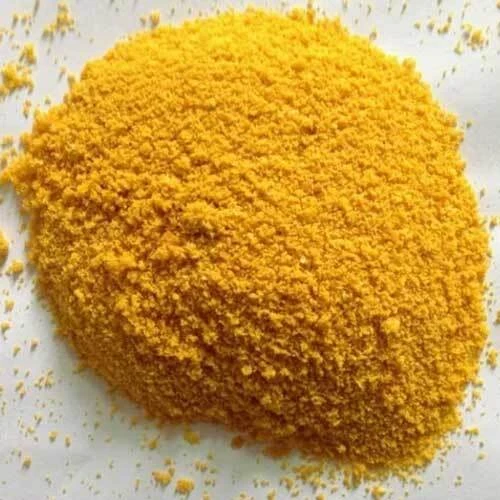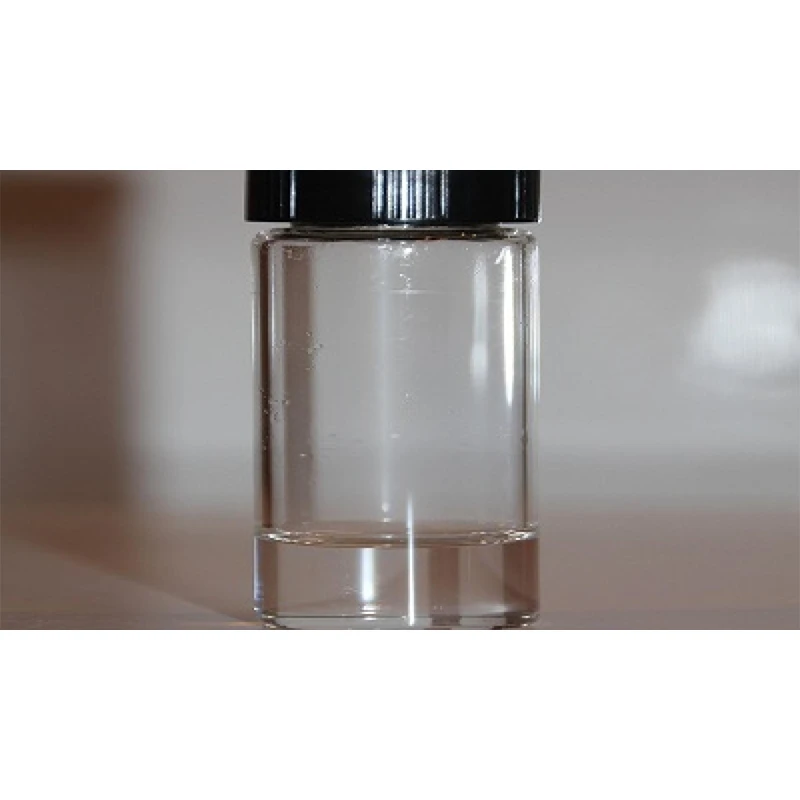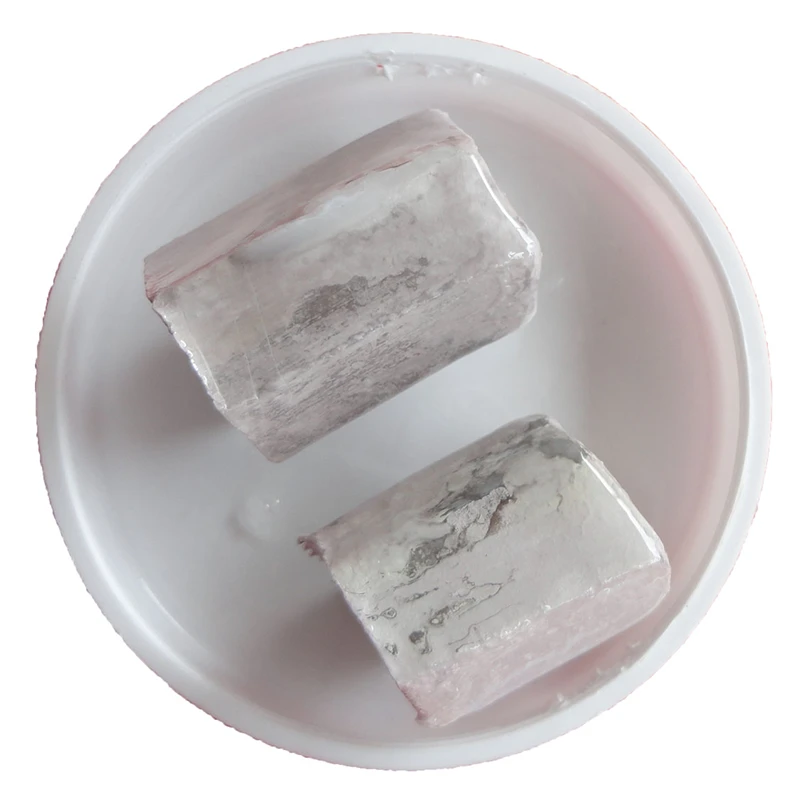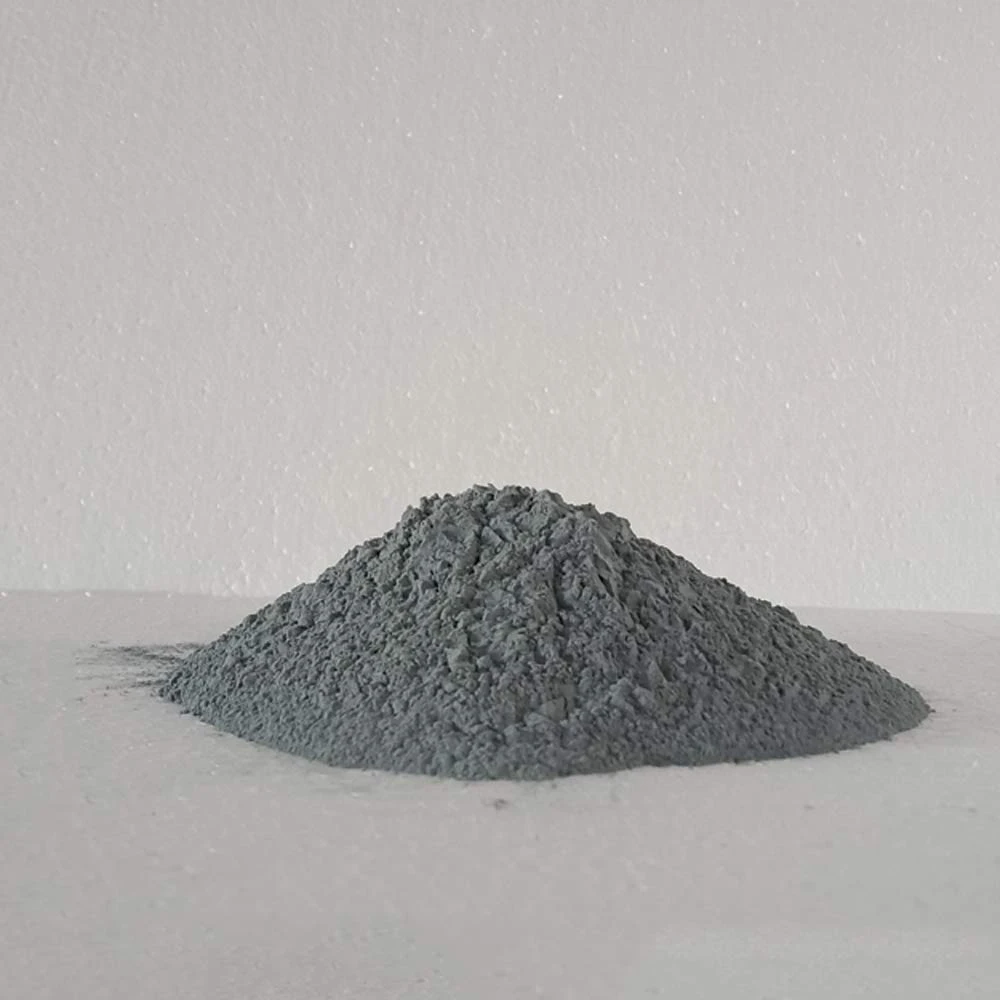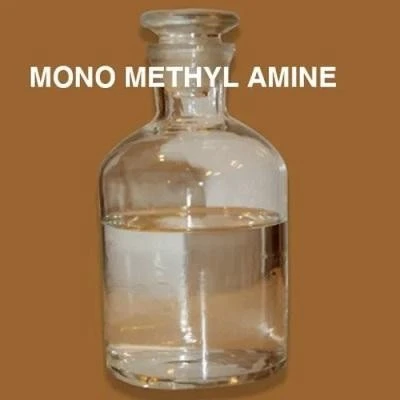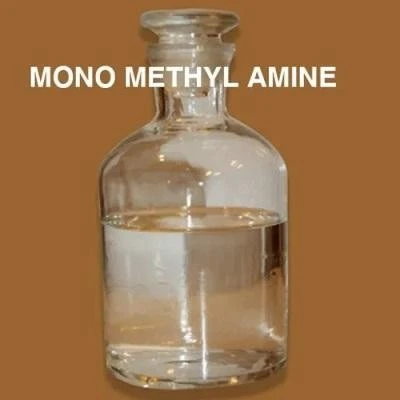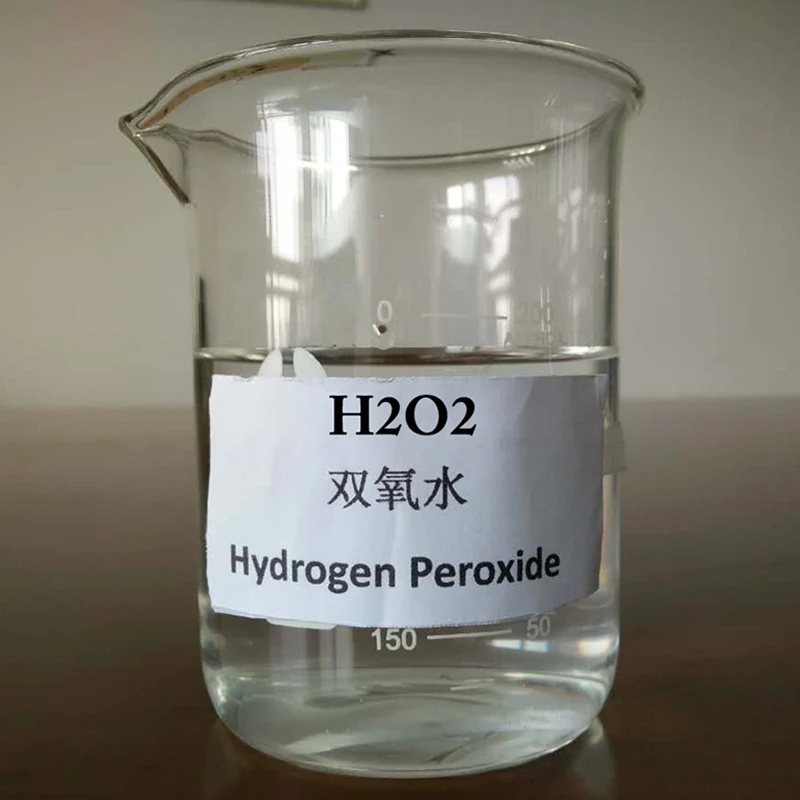
Chlorantraniliprole Insecticide - High Efficiency & Crop Protection Solutions
Chlorantraniliprole—a state-of-the-art anthranilic diamide insecticide—has set new industry benchmarks in pest control for agriculture and beyond. Recognized for its unique mode of action targeting ryanodine receptors in insects, chlorantraniliprole insecticide has experienced a rapid market expansion, replacing legacy chemistries and earning wide adoption due to its high selectivity, superb efficacy, and safety profile.
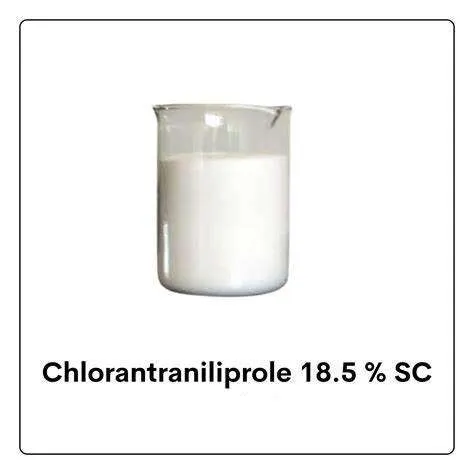
Its product forms—chlorantraniliprole 18.5 SC (suspension concentrate), chlorantraniliprole 0.4 GR (granule), technical 18.5% and others—cater diverse requirements across industries including agriculture (corn, rice, cotton, vegetables), turf management, forestry, and public health.
Below table summarizes key technical indices and physical characteristics for various chlorantraniliprole formulations. Data is collated from product datasheets, independent lab reports, and industry standard references (ISO 17025).
| Formulation | Active Ingredient | Solubility (mg/L) | Purity (%) | Application Dose (g ai/ha) | pH (1% aq.) | Appearance | Stability |
|---|---|---|---|---|---|---|---|
| chlorantraniliprole 18.5 SC | 18.5% | 1.02 | ≥98.5 | 20-40 | 6.5-7.5 | Milky White Liquid | ≥24M @25°C |
| chlorantraniliprole 0.4 GR | 0.4% | 1.02 | ≥98 | 1000-1200 | 6.0-8.0 | Grey Granule | ≥24M @25°C |
| Technical (Powder 95%) | 95% | 1.02 | ≥98.8 | N/A | 7.0-7.8 | Off-white Powder | ≥36M @25°C |
| chlorantraniliprole 18.5 | 18.5% | 1.02 | ≥98.5 | Variable | 6.5-7.5 | Clear Liquid | ≥24M @25°C |
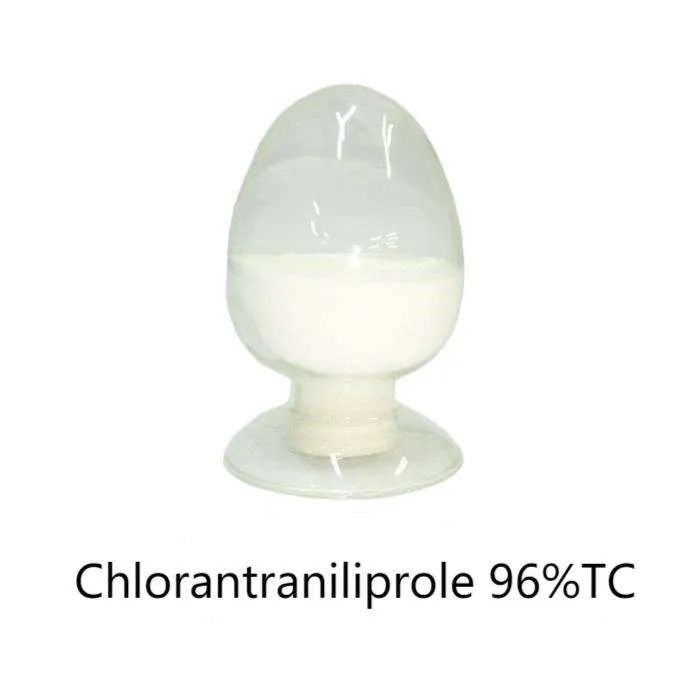
- Raw Materials Selection: Sourcing high-purity intermediates per ISO 9001 standards; verified by GC-MS and HPLC.
- Reaction Engineering: Core anthranilic diamide backbone is built using controlled temperature & pressure batch syntheses ensuring product integrity.
- Purification: Solvent extraction, multi-stage filtration, and column chromatography eliminate impurities, delivering above 98.5% purity.
- Formulation: Depending on customer requirements, product is processed as chlorantraniliprole 18.5 SC, 0.4 GR, or technical powder. CNC blenders and shear mixers enhance homogeneity.
- Quality Control & Packaging: Each batch is rigorously tested per ISO/IEC 17025 protocols (purity, moisture, particle distribution) and packed under inert atmosphere.
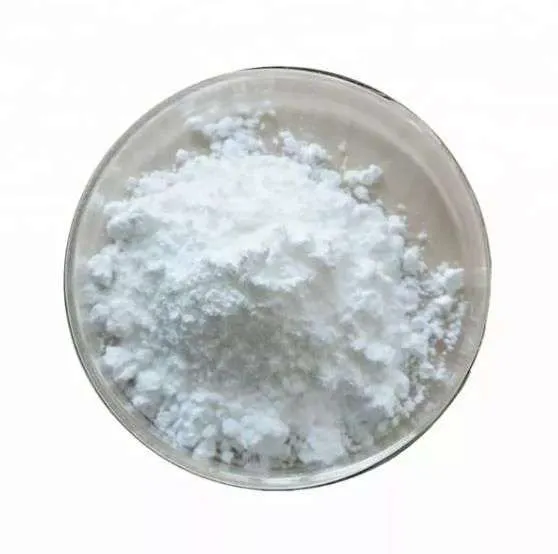
Key Manufacturing Highlights:
- Material: All synthetic steps utilize analytical-grade precursors and catalysts.
- Main Technologies: High-precision batch reactors, automated CNC mixers, vacuum dryers.
- Detection Standards: ISO, ANSI, and FAO standards, regularly audited by third parties.
- Longevity: Shelf life up to 36 months at recommended storage.
- Industries Served: Agriculture (row crops, orchards), horticulture, turf & landscape, pest management, forestry, public health.
To better position chlorantraniliprole in the marketplace, below is a side-by-side matrix versus common alternative chemistries.
| Parameter | chlorantraniliprole | Thiamethoxam | Emamectin Benzoate | Spinosad |
|---|---|---|---|---|
| Mode of Action | Ryanodine Receptor Modulator | Nicotinic Acetylcholine Receptor Antagonist | Glutamate-Gated Chloride Channel Activator | Nicotinic Acetylcholine Receptor Allosteric |
| Crop Safety | Excellent | Moderate | Moderate | Good |
| Mammalian Toxicity | Very Low (LD50 >5000 mg/kg) | Moderate (LD50 1563 mg/kg) | Low (LD50 151 mg/kg) | Low |
| Residual Duration | 25-40 days | 10-18 days | 8-12 days | 6-14 days |
| Resistance Management | Excellent (new MoA) | Poor (cross resistance) | Moderate | Moderate |
| Water Solubility | Low (1mg/L) | High | Very Low | Low |
| FAO/WHO Approval | Yes | Yes | Yes | Yes |
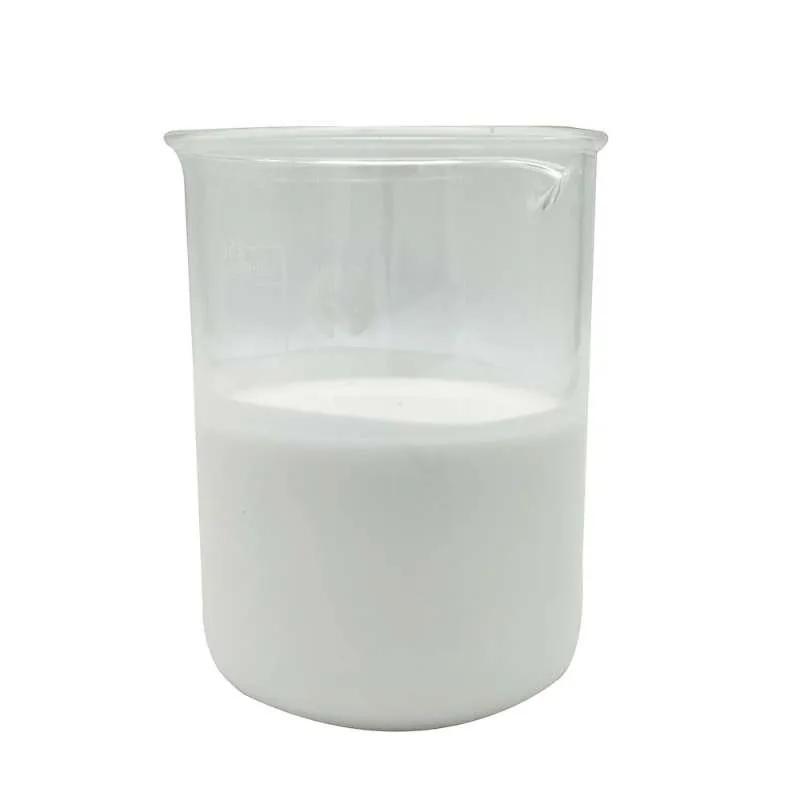
Our R&D and manufacturing teams offer a portfolio of custom-formulated chlorantraniliprole solutions to meet specific performance, safety, and regulatory standards. Options include:
- Suspension Concentrates: Enhanced dispersibility (e.g., chlorantraniliprole 18.5 SC, suitable for mechanized spraying).
- Granular: Dust-free, controlled release (e.g., chlorantraniliprole 0.4 GR) for soil-dwelling pest management.
- Formulation Tuning: Adapting pH, surfactants, and viscosity as per destination climate and application infrastructure.
- Packaging: Bulk IBC, foil-sachet mini packs, custom labeling/barcode traceability.
- Compliance: Compliant with ISO, ANSI, USDA, FDA (where applicable); support with registration dossiers and field trial data.
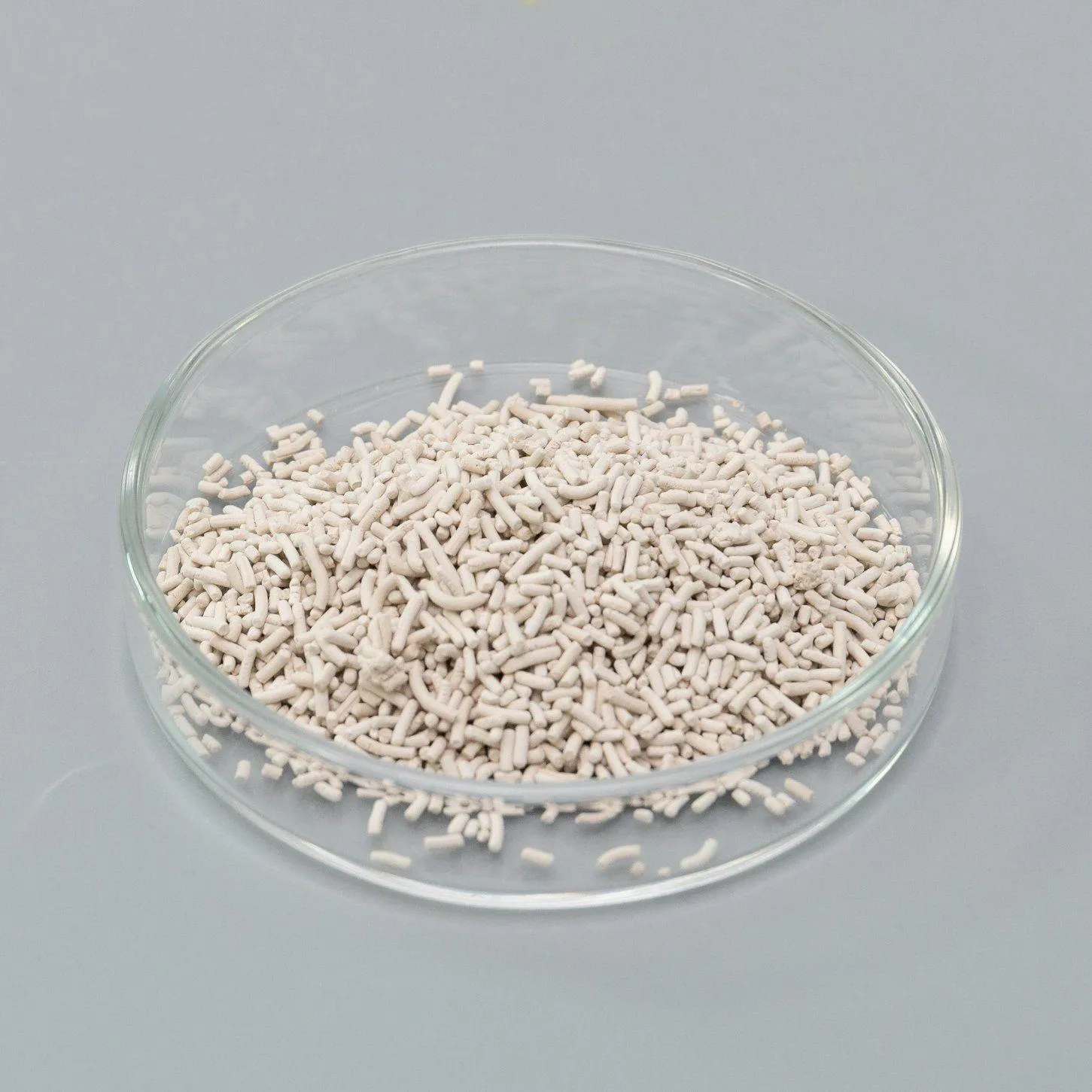
Real-world deployments of chlorantraniliprole highlight performance under diverse conditions.
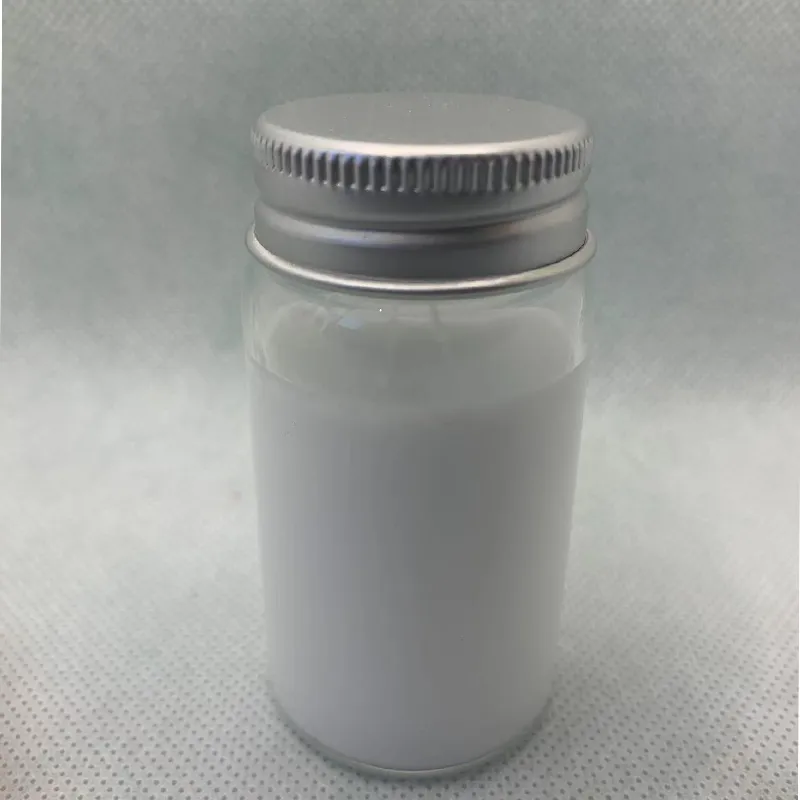
| Industry | Case Study (Location) | Benefit | Pest Controlled | Yield Impact |
|---|---|---|---|---|
| Rice Farming | Mekong Delta, Vietnam | 90%+ reduction in stem borers, lasting 35 days+; Water efficient. | Chilo suppressalis | +11% yield, $320/ha extra margin |
| Orchards | California, USA | One-pass control; residue below US FDA MRLs | Cydia pomonella | USDA certified, 2.1x ROI |
| Turf Management | Queensland, AU | Excellent grub/lawn moth suppression with low mammalian risk. | Various Lepidoptera | High user satisfaction (survey: 4.9/5) |
- Certifications: All chlorantraniliprole products comply with ISO 9001:2015 (manufacture), ISO/IEC 17025 (lab testing), and FAO/WHO technical standards
- Industry Collaborations: Partners include global ag giants (ADM, Sinochem, Wilmar Int’l), and public research labs.
- Quality Guarantee: 24 to 36 months shelf life, traceable batch records, at least 98% sustained active content.
- Service: Portfolio includes technical consultation, field application demo, after-sale support, and documentation for registration.
- Warranty & Support: 12-18 months functional warranty, full product recall commitment, 24/7 expert helpline, custom logistics tracking.
- References: Published in peer-reviewed journals and regulatory submitted dossiers (J. Agric. Food Chem, CropLife International)
- Lead time: Standard products—7–15 working days; Customized formulations—within 28 working days post approvals.
- Warranty: 12–18 months performance guarantee, full product recall, and responsible global logistics.
- Customer Support: Dedicated chemists and agronomists for technical FAQ, free on-site demo for key accounts, online & telephone support in multiple languages.
- Data & Documentation: COA, MSDS, ROHS/REACH compliance, batch traceability via QR system.
Chlorantraniliprole stands as the premier choice for efficient, sustainable, and safe pest management across a multiplicity of industry verticals. Its unique ryanodine receptor-based MoA, robust technical parameters, extensive certifications, and validated field performance position it as a leading solution for modern challenges in agriculture, horticulture, and public health. By integrating next-gen digital manufacturing and comprehensive aftersales support, chlorantraniliprole enables operational excellence and peace of mind.
For the latest advances, technology discussions, and application innovations, refer to:
-
Uncover the Benefits of Sodium ChlorateNewsJun.24,2025
-
Sodium for Sale: Your Essential ResourceNewsJun.24,2025
-
Raw Materials in Chemical IndustryNewsJun.24,2025
-
Potassium Hydroxide: Versatile Solutions for Your NeedsNewsJun.24,2025
-
Organic Pesticides and Chemical Raw Materials: Building a Sustainable FutureNewsJun.24,2025
-
Discover Premium Chlorine Tablets TodayNewsJun.24,2025
-
Zinc for Sale: Your Essential ResourceNewsJun.04,2025


